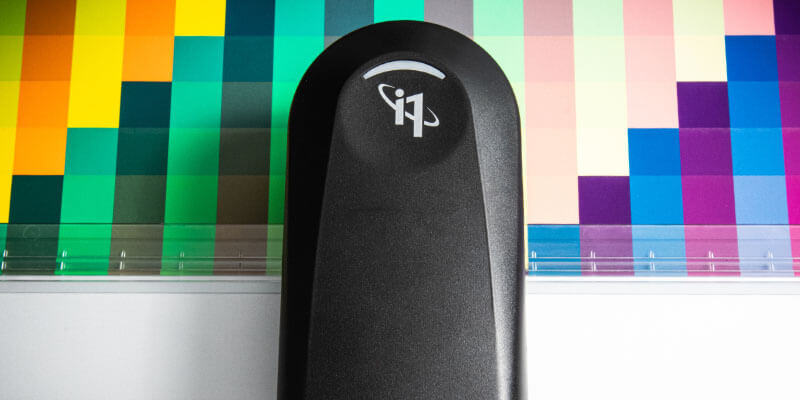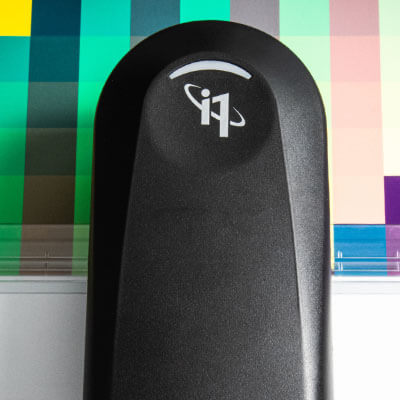Many modern printing and proofing papers contain Optical Brightening Agents (OBAs). These agents are added to enhance the brightness of the papers and improve the appearance of the printed product. The presence of these agents in contemporary papers creates challenges for successful color management, so new standards – called the M-Standards – have been defined to help manage and communicate color for papers containing these brightening agents. Here’s a brief overview of the current state of the M-Standards. Watch for a detailed white paper, coming soon.
M-Standards Defined
As part of ISO 13655-2009: Spectral Measurement and Colorimetric Computation for Graphic Arts Images, a new measurement standard “M” series of measurement illumination conditions has been defined by the International Organization Standards (ISO) to standardize illumination conditions appropriate for different applications when substrates contain brightening agents. The new M series allows color management of OBA-enhanced substrates to be further refined.
- Measurement condition M0 is no longer the standard for most graphic arts work. M1 is now regarded as the preferred method of measuring OBA-enhanced substrates and imaging or proofing colorants. ISO 13655 specifies that M0 is not recommended for use when measured sheets exhibit fluorescence and there is a need to exchange measurement data between facilities.
- Measurement illumination condition M1 was defined to reduce variations in measurement results between instruments due to fluorescence, either by optical brighteners in paper or fluorescence of the imaging or proofing colorants. The standard is in two parts:
- M1 (Part 1) specifies that the spectral power distribution of the light source used to measure the specimen should match CIE Illuminant D50. This is typically referred to as D50 Daylight. It is intended for use when either substrate or imaging colorants, or both may fluoresce.
- M1 (Part 2) defines a method for achieving M1 compliance that is valid for measuring optically brightened papers, but not for measuring inks or toners that fluoresce to provide correlation to the D50 illumination conditions as defined in ISO 3664:2009 viewing standard. It is designed for use when a substrate may fluoresce, the fluorescing characteristic needs to be captured, and the user is confident that the imaging colorants do not fluoresce.
- Measurement illumination condition M2: For the first time, an ISO standard defines what UV exclusion (variously known as UV-cut, No UV or UV filtered) should be in a measurement tool. M2 also provides a test to ensure compliance to the standard. M2 is for use when the paper fluoresces, but there is a desire to eliminate this effect from the measurement data.
- Measurement illumination condition M3 defines the effect of polarization. In essence, M3 requires the UV restricted properties of M2 and adds a definition of polarization. Polarization is used in certain measuring instruments to remove or minimize reflections. M3 is for special use cases where first surface reflections should be minimized, including the use of polarization to do so.
The application of the measurement illumination conditions is more straightforward now than in past years, now that new standards and specifications clearly stipulate that M1 is to be used as the first choice.
Need more info? Talk to an X-Rite Color Expert today.




